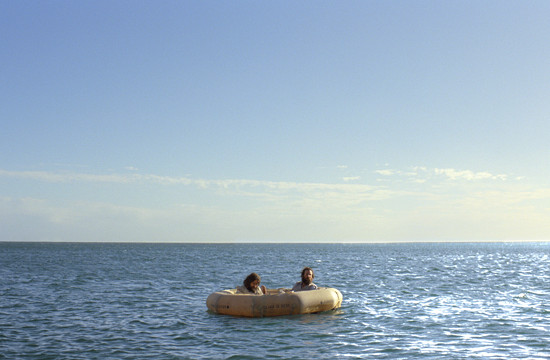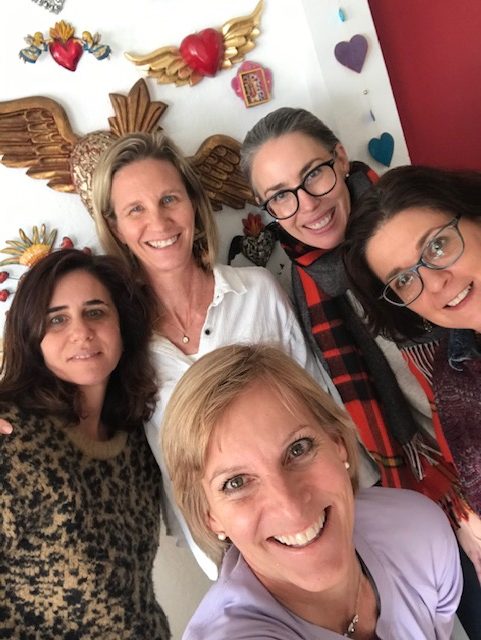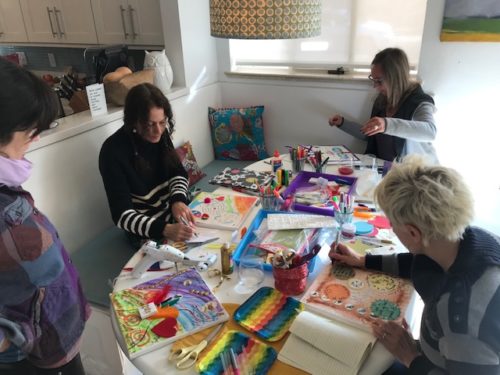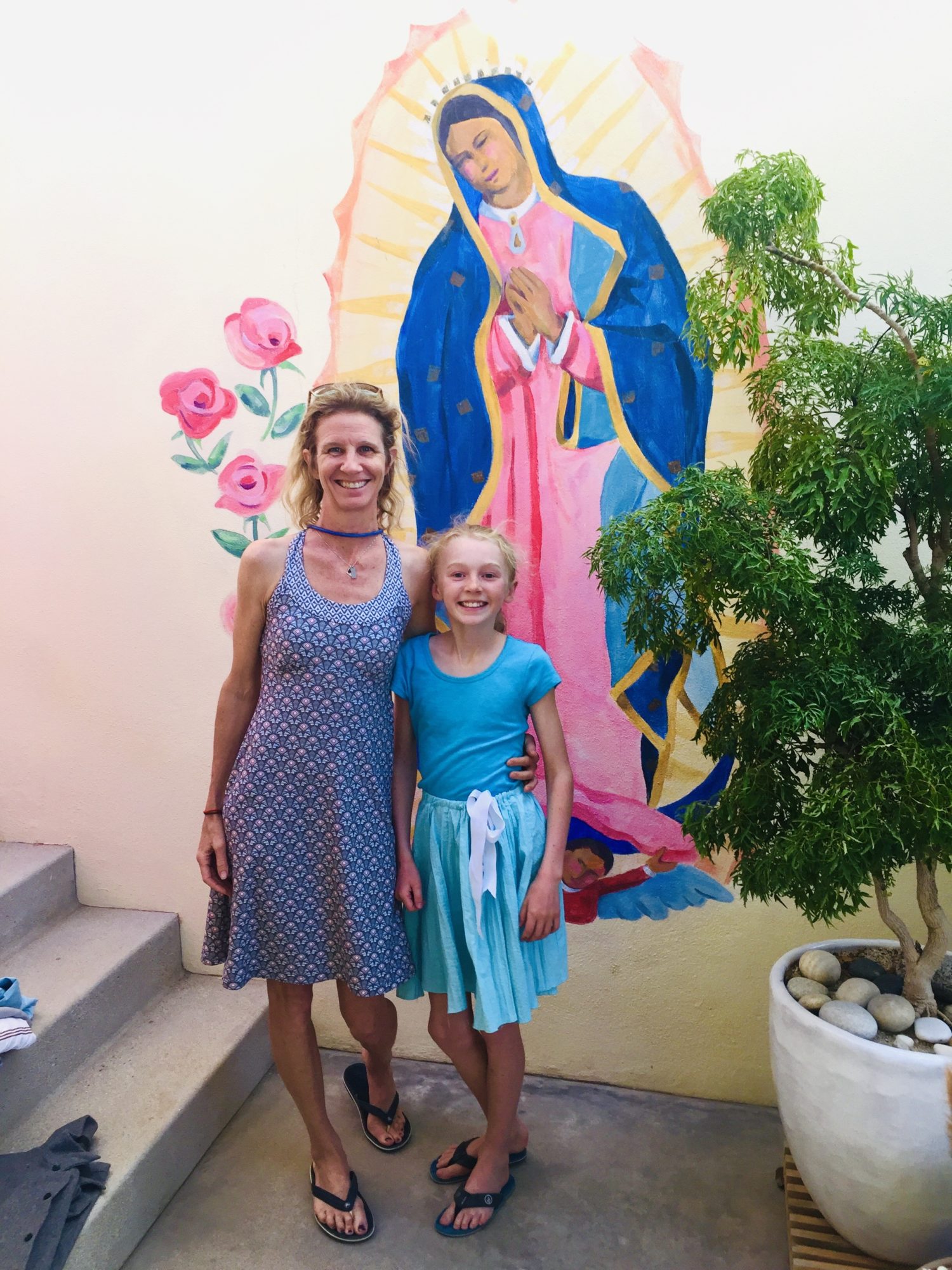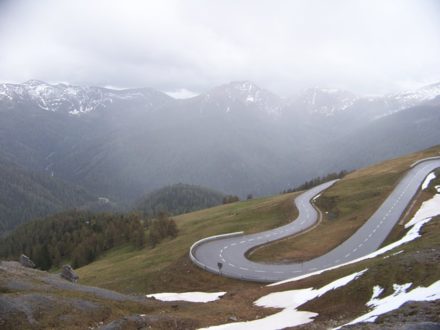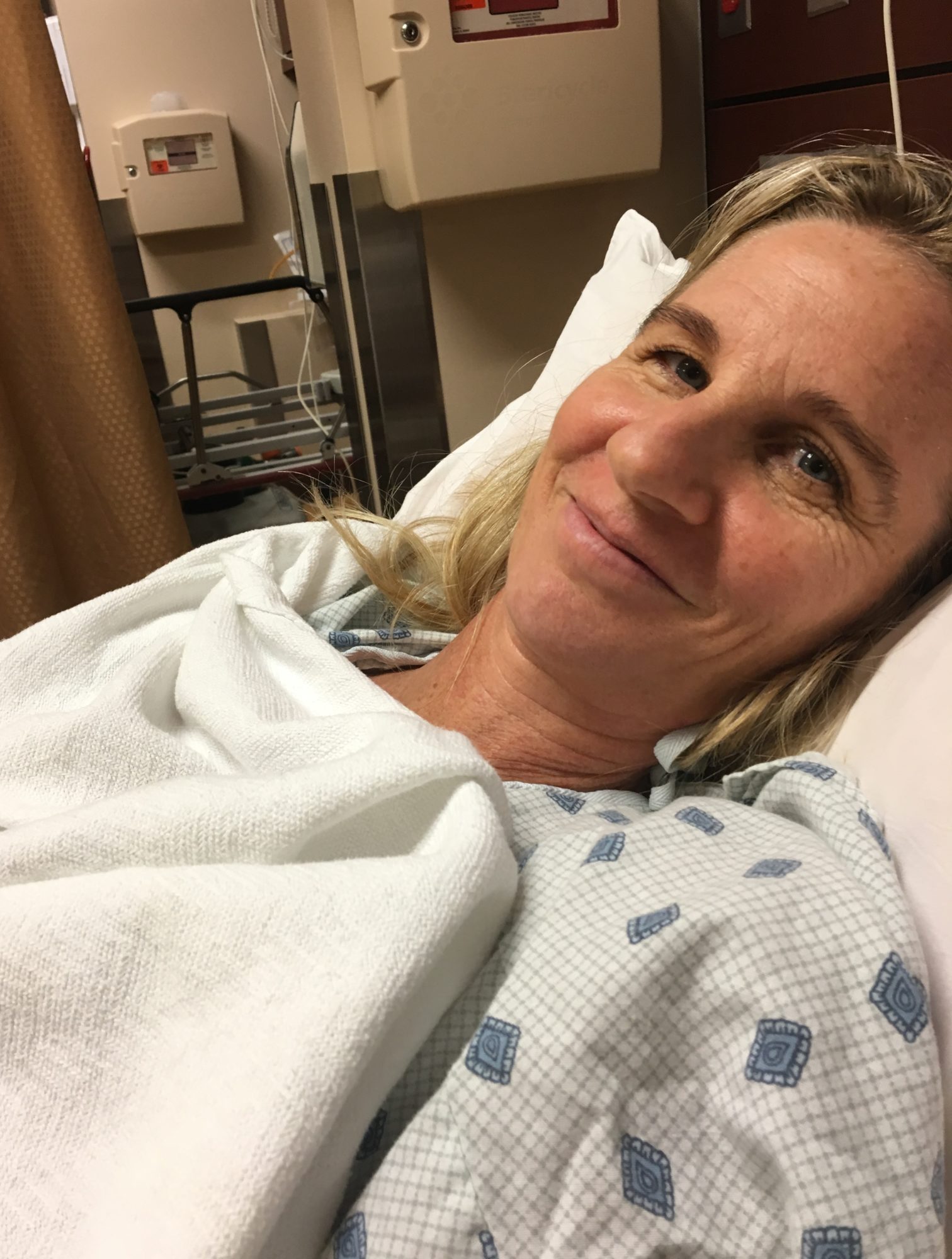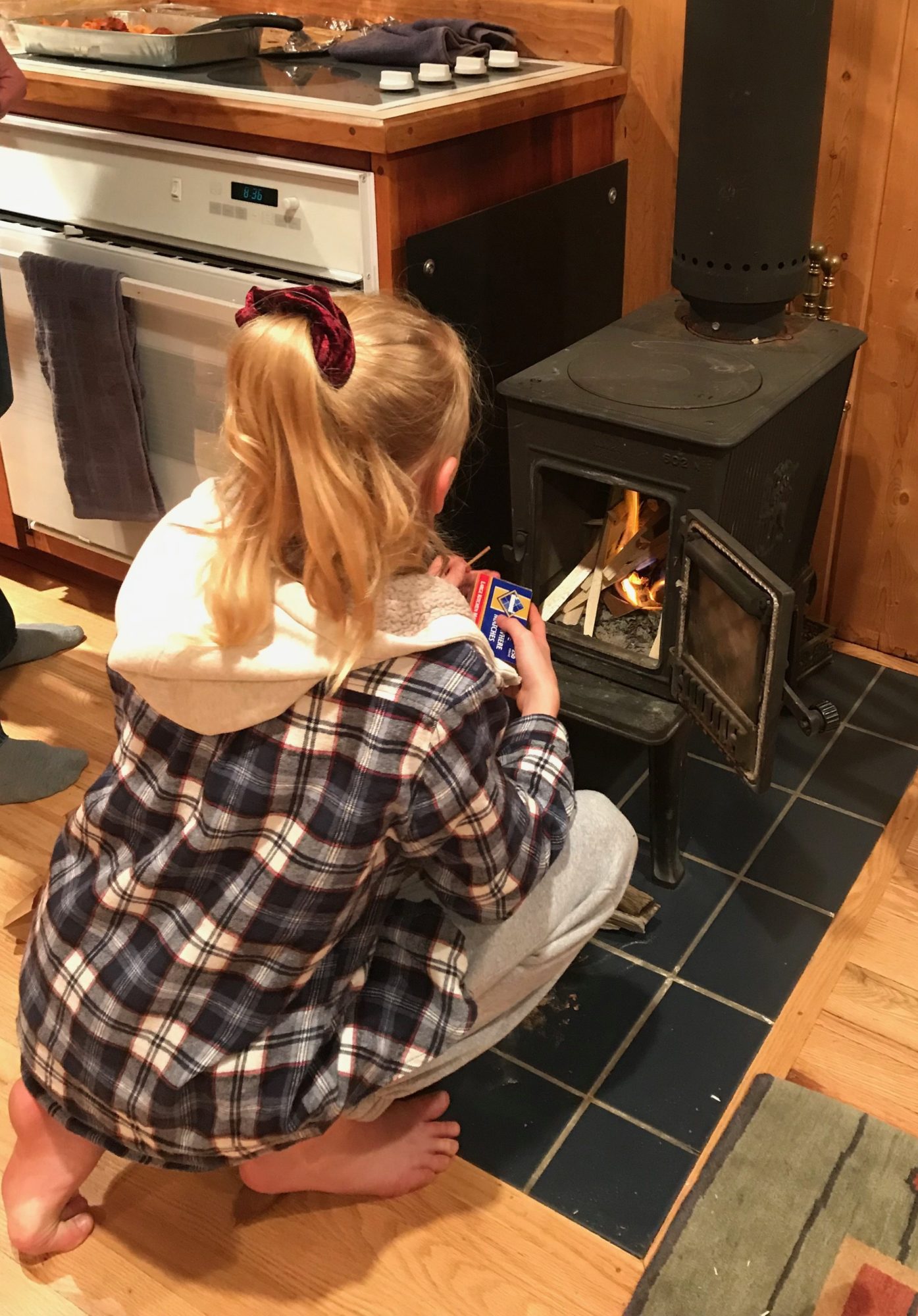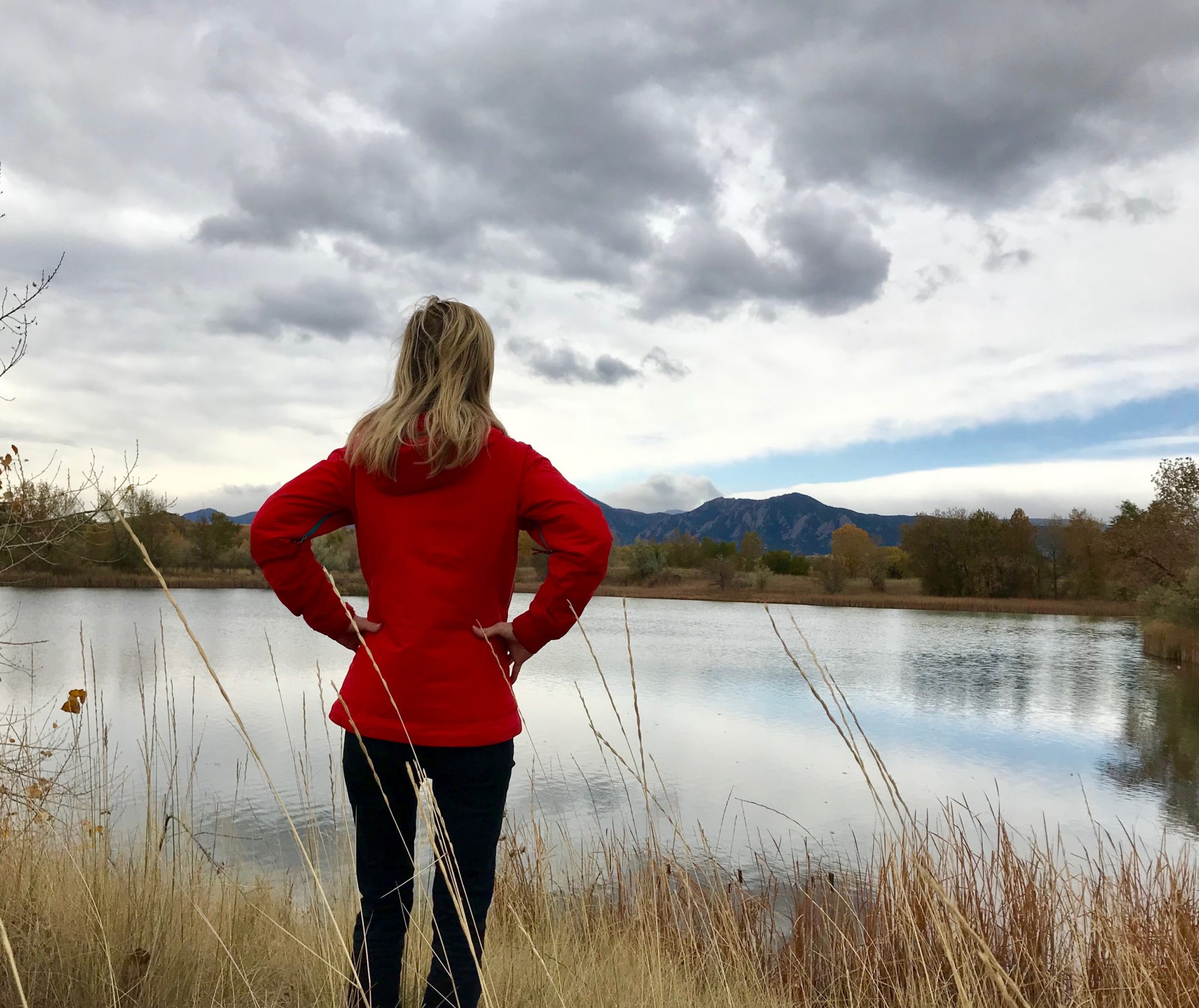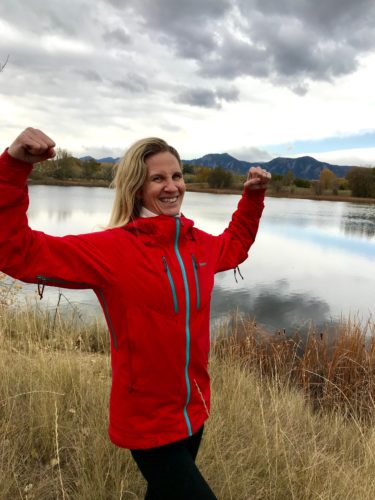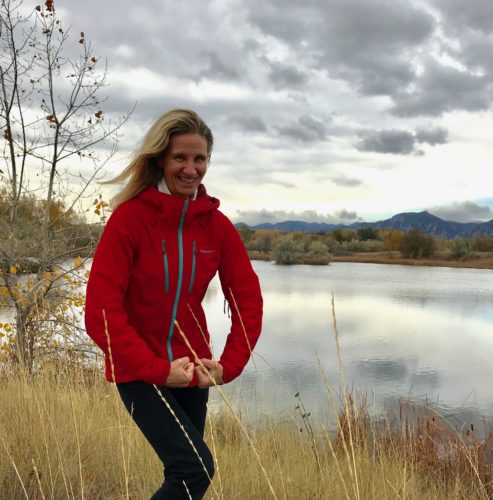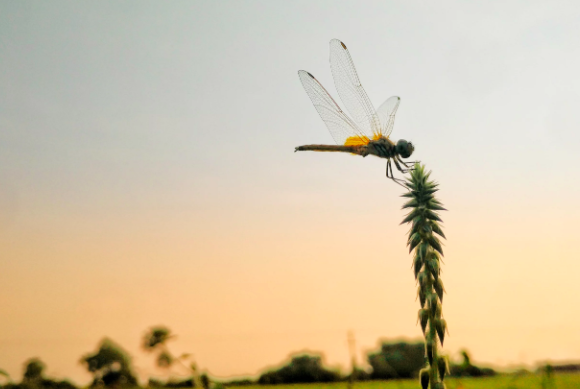WHEN WILL THIS END? This is the question everyone is asking in light of the new CDC guidelines on the coronavirus pandemic lasting at least eight weeks.
“Remember a flattened curve is longer. So the longer this takes, oddly, is a sign of success,” writes Juliette Kayyem, Harvard professor of international security, safety and resiliency.
We have to imagine that this is going to take a long, long time.
The sooner we can accept our reality as the new normal rather than try to get back to the way things were, the more likely we are to thrive.
“When you are in the life raft, it doesn’t help to wonder when you’re going to get back on the ship,” says my husband Kurt. “What helps is to look around the raft, see what you have, and get to work paddling.” (He adds: “You don’t want to be the one not paddling. You want to say to the people who are pointing out the sharks in the water, “I know there are sharks. Nevertheless, we must keep paddling.”)
To put it another way, if we focus on our new reality and take stock of what we have instead of what we don’t, we adapt quicker, and thrive faster, too.
As a cancer survivor, I have had to learn how to adjust to a new reality the hard way. When I was diagnosed in 2016 with a rare, skull-base tumor, my world came to a grinding halt. I had to quit my job, stop competing in ultramarathons, talk to my children about terminal illness, and cancel all plans for the future.
At first, we talked about “beating” this aggressive cancer. I would need skull surgery and a neck fusion, plus chemotherapy and radiation. Kurt and I wanted to fight it until it was behind us. The goal was to overcome this major obstacle and get back to our normal lives again.
The goal was motivating at first, but not for long. Soon it was frustrating. Every day that I wasn’t at work because I had to do treatments was a setback. Every morning that I wasn’t out training for a race felt like I was falling behind. The problem was my focus was on the past.
What cancer survivors know is that you can’t ever go back to the way things were before. The key to happiness in a new reality is to look forward, not back.
So we shifted our objective to face forward. The new goal was to accept my diagnosis and create an even better life than before. It didn’t do me any good to wonder when I would return to my life as a competitive ultrarunner, for example.
What felt good was stepping out of the victim chair and onto the creator stage. What helped was to ask, What can I make in this new universe? How can I help others?
I created tools and habits that make it easier for me to focus on my new reality instead of dwelling on the loss of my old reality. You can read about 5 of my favorite tools for facing the unknown here.
I’ve even changed how I wake up. In the past I used to mentally run through my “to-do” list. Now I run through my “grateful-for” list while still in bed. Sometimes I can only think of one thing. Next I ask, What good can I do today? I think of one small gesture like checking in on a neighbor after breakfast. Before getting out of bed, I give my husband a kiss.
I’m learning how to make home in my new life. I can count on two hands what I cannot do, or I can write ten pages of what I still can do. I choose to focus on what I can do. I do my 11-minute Face Fear First meditation, then I move into action mode. Or as my husband Kurt says, “I get to work paddling.”
In this new life, I am not the person I used to be. I am much happier. This is not what I expected when the doctors gave me that scary diagnosis. A big part of the joy I feel comes from accepting my current situation and focusing on the new reality.
I hear stories every day of how people around the world are doing this. Friends are gathering online for Tea Time or Happy Hour. Companies are shifting how they show up for their customers. Others are making Art and music. The Berkeley Music Circus is inviting us to step outside our door Wednesdays at noon to collectively sing and play any old instrument.
It is possible to pivot and find peace during this pandemic. If I wake up afraid in the middle of the night, I use my SAFE tool, and go back to sleep. The world needs us to be fierce enough to see challenges as opportunities and to choose joy over fear.
Maybe the question to help us through the coronavirus pandemic isn’t “When will this end, so I can get back to real life? But “We don’t know when this will end, so how can I make a real life in this?”
Love,
Susie
***
photo credit: W+K Portland

